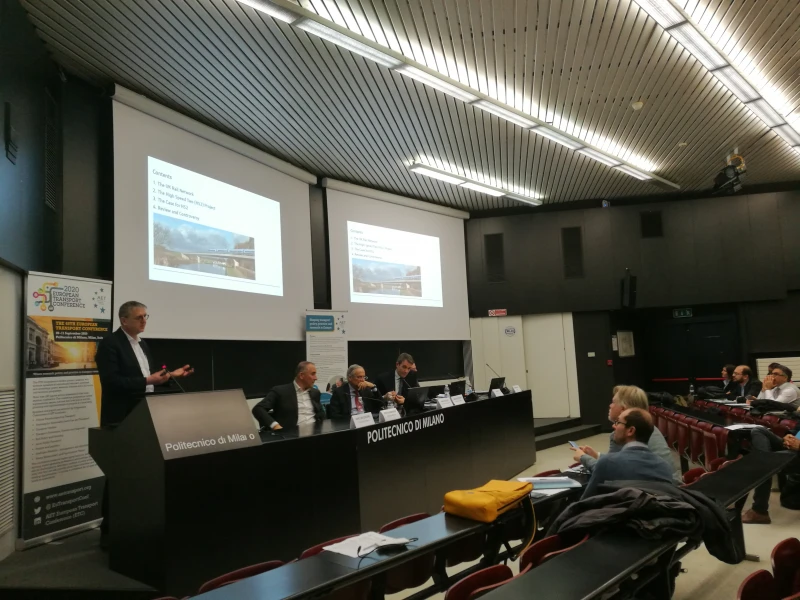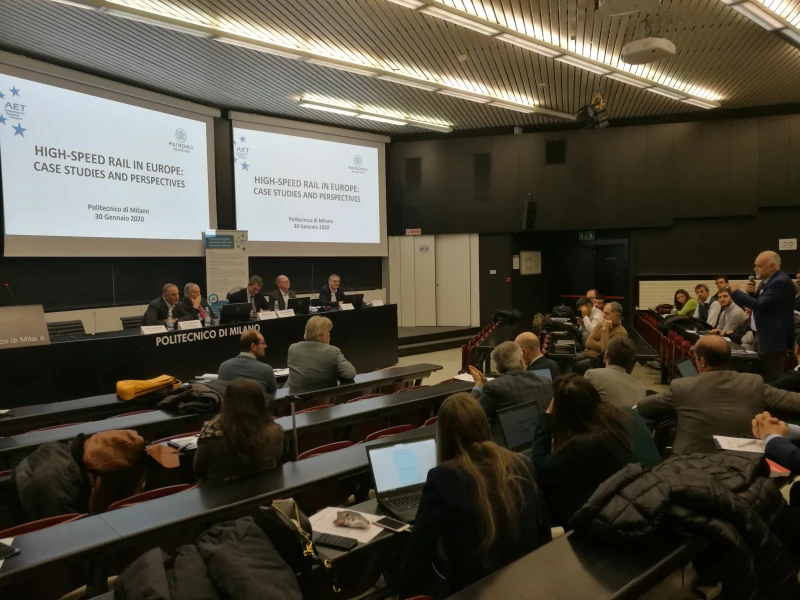-
Past ETC Papers

Browse, search and view papers from the past AET Conferences.
-
Members' Area

AET promotes networking and exchange of ideas, information and opportunities amongst members.
ETC Conference Papers
Conference Past Papers Repository
The future of transport modelling: a structured approach for identifying future innovation areas
Seminar
Day 2 (8 Sep 2022), Session 7, FORECASTING THE FUTURE, 16:30 - 18:30
Status
Accepted, documents submitted
Submitted by / Abstract owner
Charlene Rohr
Authors
C Rohr, T Pollard, Mott MacDonald; T Metcalfe, A Stoneman, WSP; R Himlin, M Boother, National Highways; T van Vuren, Veitch Lister Consulting; L Oakes-Ash, City Science, UK
Short abstract
This paper describes a structured approach including interviews, stakeholder engagement and a horizon scan to identify and prioritise modelling improvements to ensure that future models support decisions and are future-proof against new challenges.
Abstract
We are in unprecedented times where technology and information provide individuals and society with great opportunity to meet their households and personal needs in different ways. There are numerous innovations being generated of which some are being brought to market and will become embedded in daily lives, whilst others will fade away. At the same time, we have had the systemic shock from the COVID-19 pandemic which has disrupted travel and illuminated the potential for significant behavioural change at an individual and corporate level. Further, user benefits generated from transport interventions focused on economic and traveller outcomes are increasingly being tempered with consideration of other social value indicators and the way we want to function as a society. This is all occurring with the backdrop of climate change and our commitment to Carbon Net Zero. These changes bring challenges to those developing quantitative models to support policy decisions.
The UK National Highways (NH) is one of the major consumers of transport modelling in the United Kingdom. To ensure their modelling toolkit remains relevant and leading edge, NH has commissioned this study to identify and prioritise modelling and analysis innovations to support policy and investment decisions, and future-proof these against known or unknown challenges.
The work described in this paper and presentation explores future modelling requirements through three lenses:
- Structured interviews with model users and customers within NH, to identify existing deficiencies, and explore key model improvements through the lens of consumers of model outputs, i.e. people who are not modellers but people who rely on modellers to operate tools and provide them information to help them articulate recommendations to decision makers;
- A series of workshops with a wide group of stakeholders, across the globe, to explore future challenges and the implications for modelling and analysis; and
- A horizon scan, to explore potential modelling methods and technologies that may improve future models, processes and outputs.
The findings from each of these tasks are brought together, using a Delphi-like workshop with a range of modelling experts to prioritise a portfolio of investments to improve transport modelling for NH.
In this paper we will describe our approach for exploring future modelling priorities for the short, medium and longer term and the key priorities that have been identified.
Programme committee
Transport Models
Documents:

Association For
European Transport
Forester House
Doctors Lane
Henley-in-Arden
Warwickshire, UK
B95 5AW
+44 (0) 15 64 793552
VAT number: 710 1866 64
Conference Supporters & Endorsers




Legal Entity
The Association for European Transport is registered as an Association ('vereniging') with the Chamber of Commerce for Haaglanden in The Netherlands under company number 27170096.
Built on Zenario




